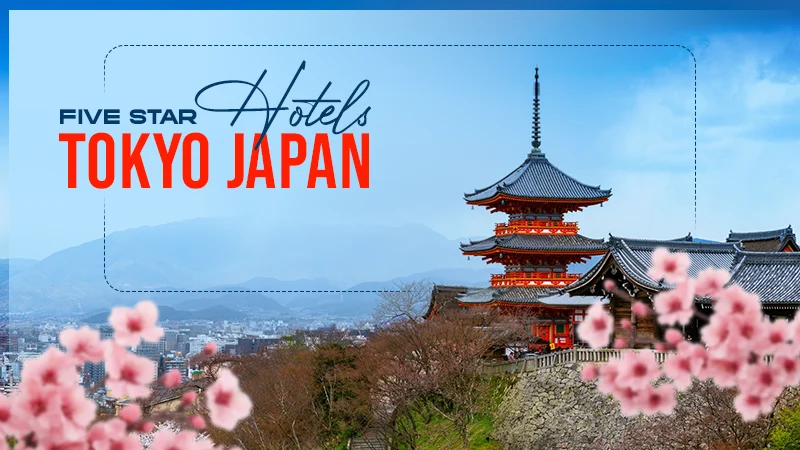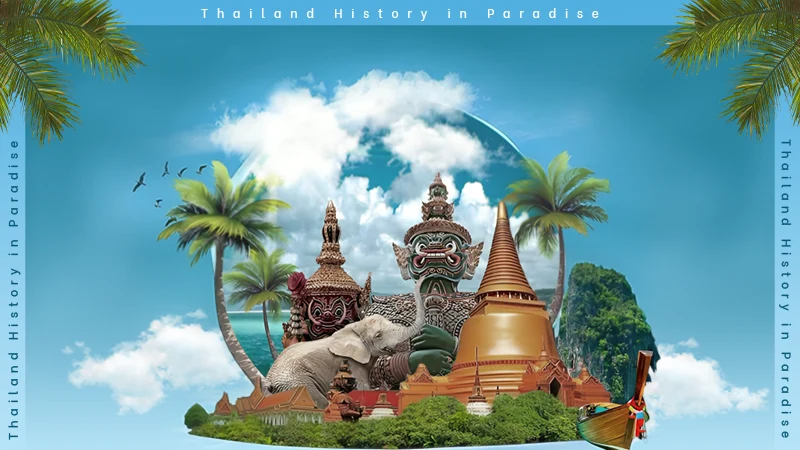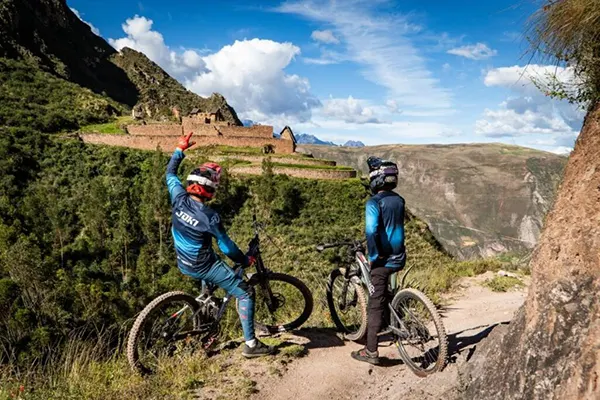
When most travelers think of Cusco, they picture Machu Picchu, colorful markets, and colonial architecture. But there’s another side to Peru’s ancient capital that’s quietly capturing the attention of adventure seekers: world-class mountain biking at altitudes that will literally take your breath away.
Imagine descending 5,000 feet through landscapes where snow-capped peaks touch the sky, riding trails that have connected Andean communities for centuries, and ending your day watching locals tend terraced fields that existed before Columbus. This is raw, authentic mountain biking where every pedal stroke connects you to both adrenaline and history.
Welcome to Cusco, South America’s emerging MTB paradise.
Why Mountain Bikers Are Heading to the Andes
Cusco sits at 11,150 feet above sea level, an altitude uncommon even for mountain biking destinations. While most popular routes worldwide are located between 3,300 and 8,200 feet, here that’s your starting point. This difference means real physical demands like reduced oxygen, greater cardiovascular effort, and temperature changes that can swing from high mountain cold to temperate valley climate in just a few hours of riding.
The Sacred Valley was one of the main agricultural centers of the Inca Empire. Many of the terraces you’ll see from the bike routes are still being farmed today using ancestral techniques.
Adventure Trails with Real History
Here’s the difference. These trails weren’t designed for bikes. They’re ancient paths that locals have used for centuries to travel between villages, move their animals to pasture, and trade in markets. You’re literally riding through the living history of local communities that have inhabited these places since Inca times.
Some of these paths pass through villages where Quechua (the Inca language) is still spoken and where daily life follows rhythms that existed long before tourists arrived. In these places, you’ll experience real life in the Andes.
The Best MTB Routes in Cusco

Yuncaypata
Just 30 minutes from downtown Cusco, this route is perfect for testing what it feels like to ride in the Andes. It’s the ideal starter route. It’s 4 miles downhill through eucalyptus forests, with enough challenge to keep you focused but without being scary. You can have breakfast in Cusco’s main plaza and be back for lunch. Perfect for your first day of high-altitude biking.
Abra Málaga
This is the route for people who’ve never done mountain biking or are traveling with family. It’s 31 miles almost entirely downhill on paved road. You start so high up you need a thick jacket, and you finish in tropical weather peeling off layers. It’s like traveling through three different countries in one afternoon. You don’t need to be an athlete, just willing to have a scenic adventure.
Moray-Maras
This isn’t so much about adrenaline as it is about seeing incredible places on two wheels. On this route you’ll visit ancient circular terraces of Inca origin (they look like a Roman amphitheater, but were for agriculture) and salt mines that shine white in the sun. The path is mostly gentle, perfect if you prefer enjoying the scenery without worrying too much about falling.
Why It’s Different from Anywhere Else
In most places, you do mountain biking to exercise and see pretty landscapes. In Cusco, every route takes you through real villages where people speak a language that existed before the Spanish arrived, where they farm on terraces the Incas built, and where mountains have names and are considered sacred.
You’re not visiting a museum. You’re passing by someone’s home, through their crop field, along the road they use to go to market. That’s why a local guide isn’t just for navigation—they protect your safety, avoid conflicts with communities, and help you move respectfully through a territory that’s alive.
When to Go
May to October is the best time to travel to the Andean mountains. It’s sunny, it doesn’t rain, and the trails are dry. From December to March it rains heavily and trails become muddy and dangerous. Many tour companies don’t even operate during those months, with few exceptions. The answer is simple: come between May and October to discover MTB routes in Cusco.
What You Need to Know About Altitude
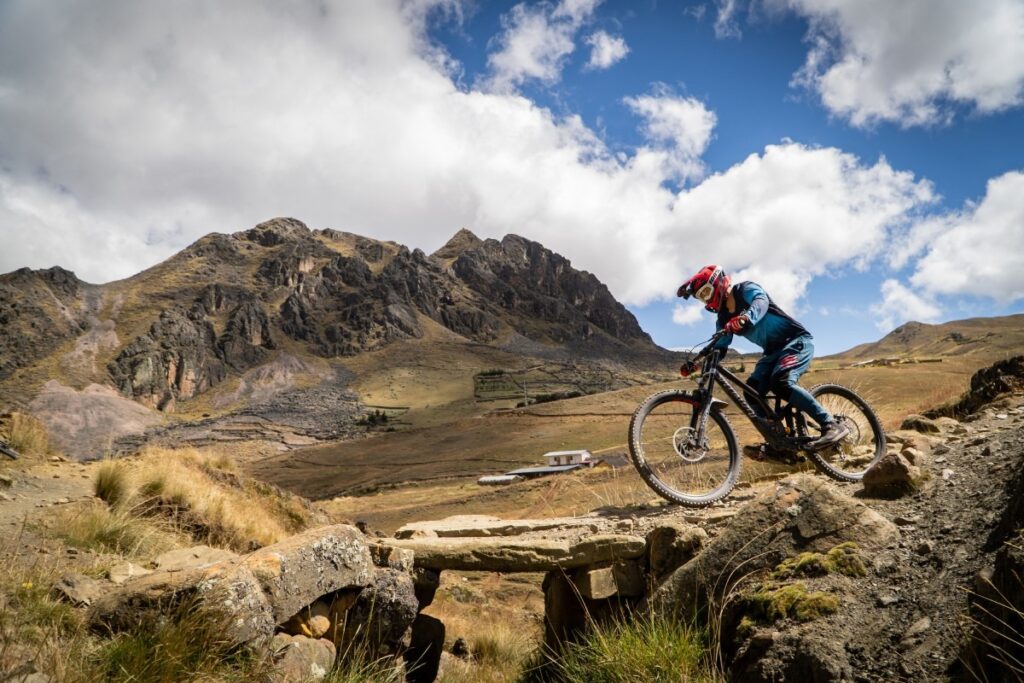
Cusco is 11,150 feet above sea level. At that altitude, your body needs to adapt to the lack of oxygen, and not all mountain biking routes feel the same. Some start from very high elevations, close to 13,000 feet, where the physical demand is much greater. Others begin in the Sacred Valley, between 9,200 and 9,800 feet, where acclimatization is easier.
Even people in good physical shape can feel the effects of altitude. That’s why it’s wise to arrive two or three days before doing demanding routes, stay well hydrated, avoid alcohol, and take it easy so your body can adapt.
If intense symptoms appear like persistent headache, severe nausea, or disorientation, the safest thing is to descend to lower altitude immediately. Choosing the right starting point based on your acclimatization will make the difference between enjoying the ride or having a bad time.
Gear and Choosing a Company
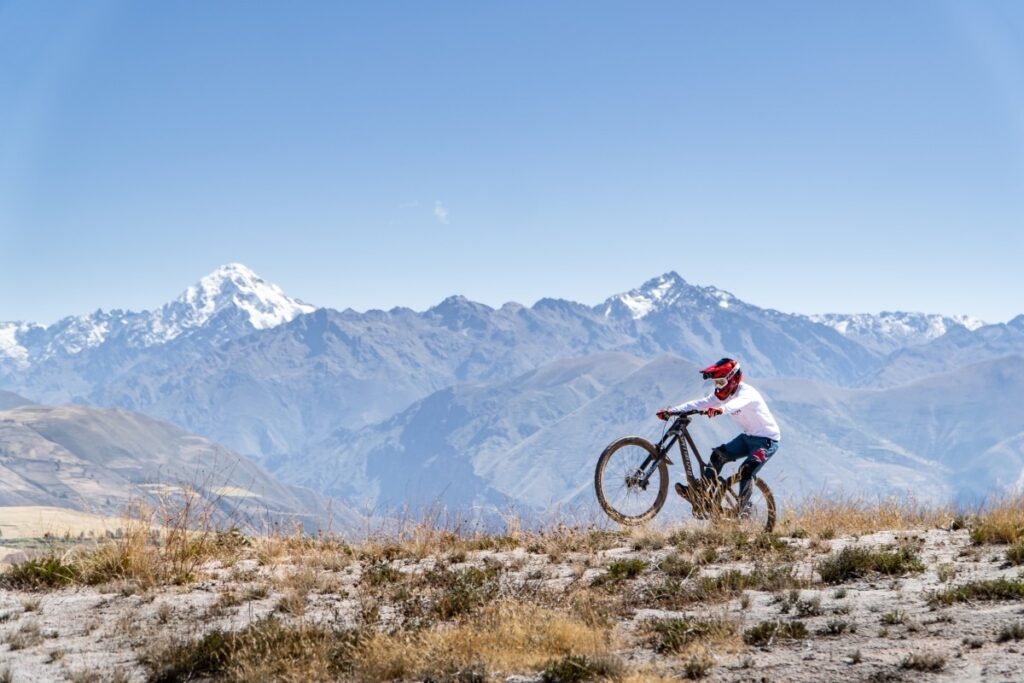
If you want, you can bring your own bike. Tour operators allow this and some cyclists prefer using their personal equipment, especially if they already know their bike well and are used to its performance. Just keep in mind that transporting it means paying extra baggage fees, packing it correctly, and making sure it’s in perfect condition for routes with steep gradients and demanding terrain.
Most travelers choose to rent bikes in Cusco. Specialized agencies offer dual-suspension bikes from recognized brands, well-maintained and adapted to Andean trail types. This option saves logistics and time, and ensures the equipment is ready to ride from day one.
What you should bring is appropriate clothing for abrupt climate changes: light layers, waterproof jacket, and strong sunscreen. At high altitude, solar radiation is stronger than at the coast.
Before booking, verify that the company has good reviews, that their bikes are in good condition, that guides have first aid knowledge, and that there’s a support vehicle and insurance included. Peru Biking Tours is an example of a local operator with experience and direct work with Andean communities.
Is It Worth It?
Think about it this way: where else can you ride a bike down stone stairs that the Incas built 500 years ago, with views of giant snow-capped mountains, end your day in a village where they still speak the Inca language, and have Machu Picchu as an “extra plan” on your trip?
It’s not about having the most expensive bike or being the fastest cyclist. It’s about living an experience that blends adventure, stunning nature, and authentic culture. It’s like time traveling, but with a helmet and wheels.
The trails will still be there, but this feeling of discovering something new, something that’s not yet all over Instagram, won’t last forever.
Just remember to give yourself those two or three days to get used to the altitude before you start riding. Your body will thank you, and you’ll enjoy it much more.Ready to ride through Inca lands? The Andes are waiting.


